Lindbergh stated, “I consider celestial navigation necessary to future aviation”.[1]
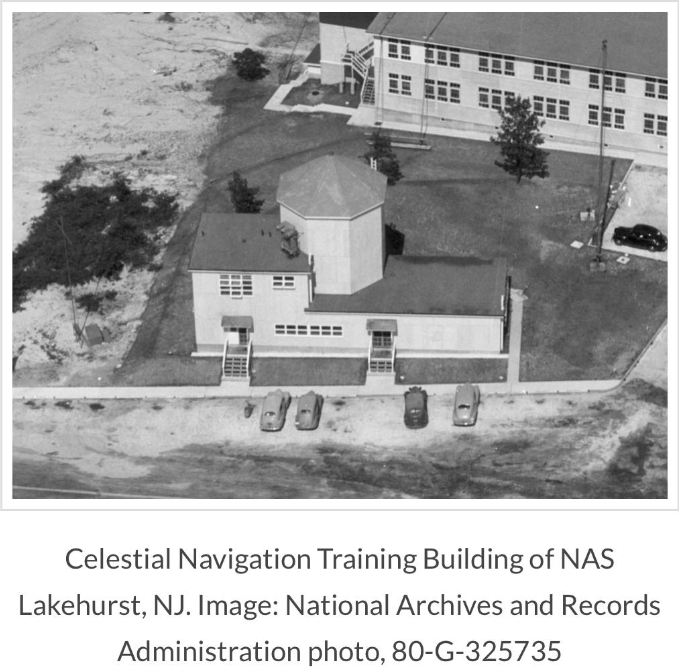
The “Lindbergh Boom”[2] that followed his Paris landing on 21 May, 1930 is captured in the comments of the distinguished aviator, Elinor Smith Sullivan, who recalls this period: people seemed to think we [aviators] were from outer space or something.
But after Charles Lindbergh’s flight, we could do no wrong.

It’s hard to describe the impact Lindbergh had on people. Even the first walk on the moon doesn’t come close.
The twenties were such an innocent time, and people were still so religious—I think they felt like this man was sent by God to do this.
And it changed aviation forever because all of a sudden the Wall Streeters were banging on doors looking for airplanes to invest in. We’d been standing on our heads trying to get them to notice us but after Lindbergh, suddenly everyone wanted to fly, and there weren’t enough planes to carry them.[3]
The ‘sky is the limit’ backdrop for aviation required overcoming a range of complex navigational challenges. When traveling at 200 miles an hour, a kilometer is covered in just eleven seconds.
Countries, including island fuel stops quickly disappeared – bringing oceans, uncharted territory, and a risk to life if navigational calculations were wrong. Just as Harrison’s quest for the mastery of longitude, sea navigation and his development of marine chronometers almost 200 years earlier, air navigation had its own set of challenges.
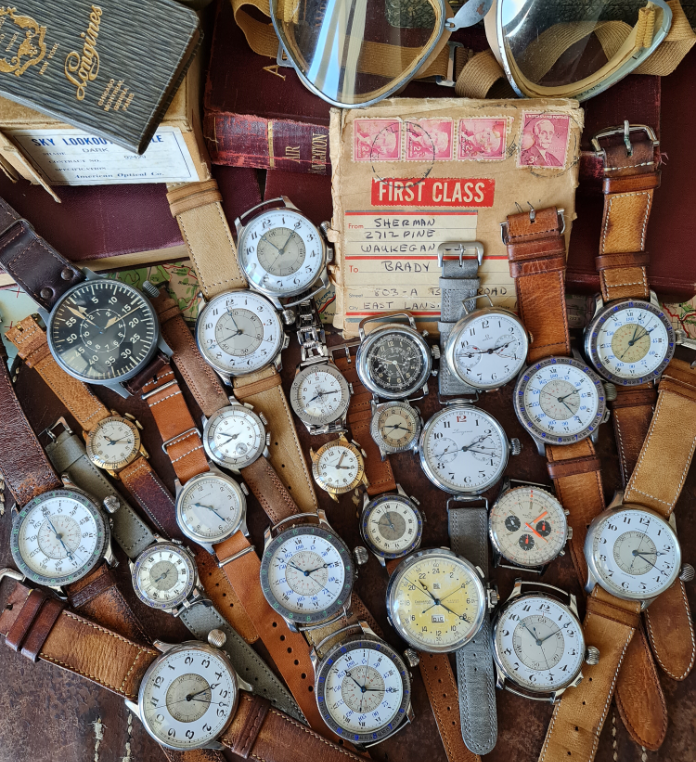
In Weems Air Navigation book, he notes, that chronometers had dramatically improved longitude calculation on the sea, and “the use of radio time signals is a further radical improvement in keeping time. Not only is it now possible to keep a timepiece accurately rated by daily radio time signals (or “ticks”), but the need no longer exists for three or more expensive chronometers such as were formerly used.” [4]
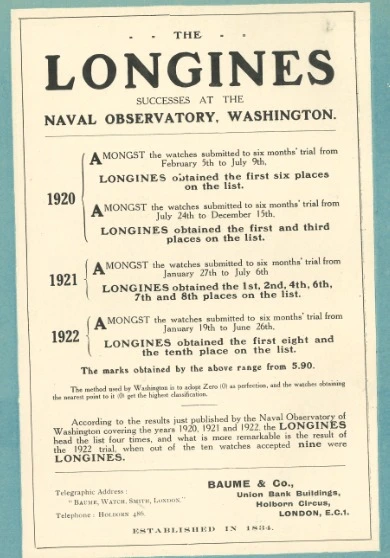
British Astronomer Sir Frank Dyson, developed the famous BBC “pips” using two mechanical Royal Observatory clocks in February 1924, becoming known as the Greenwich time signal.
Radio signal accuracy allowed perfect and easier time synchronization worldwide. Weems noted the “use of the radio adds to the utility of the navigation watch by providing frequent and accurate checks.”[5]
“It is perhaps fortunate that timepieces were developed before radio, or else extremely accurate timepieces would probably never have been made”. [6]
Two basic methods of early navigation existed. The first – ‘pilotage’, where known landmarks, rivers, mountains, and maps were used to assist at lower altitudes.
The other, ‘dead reckoning’, included taking the last definitely known position and carrying forward with the last known speed, drift, course, and use of a compass. To this, both radio and celestial navigation were added.
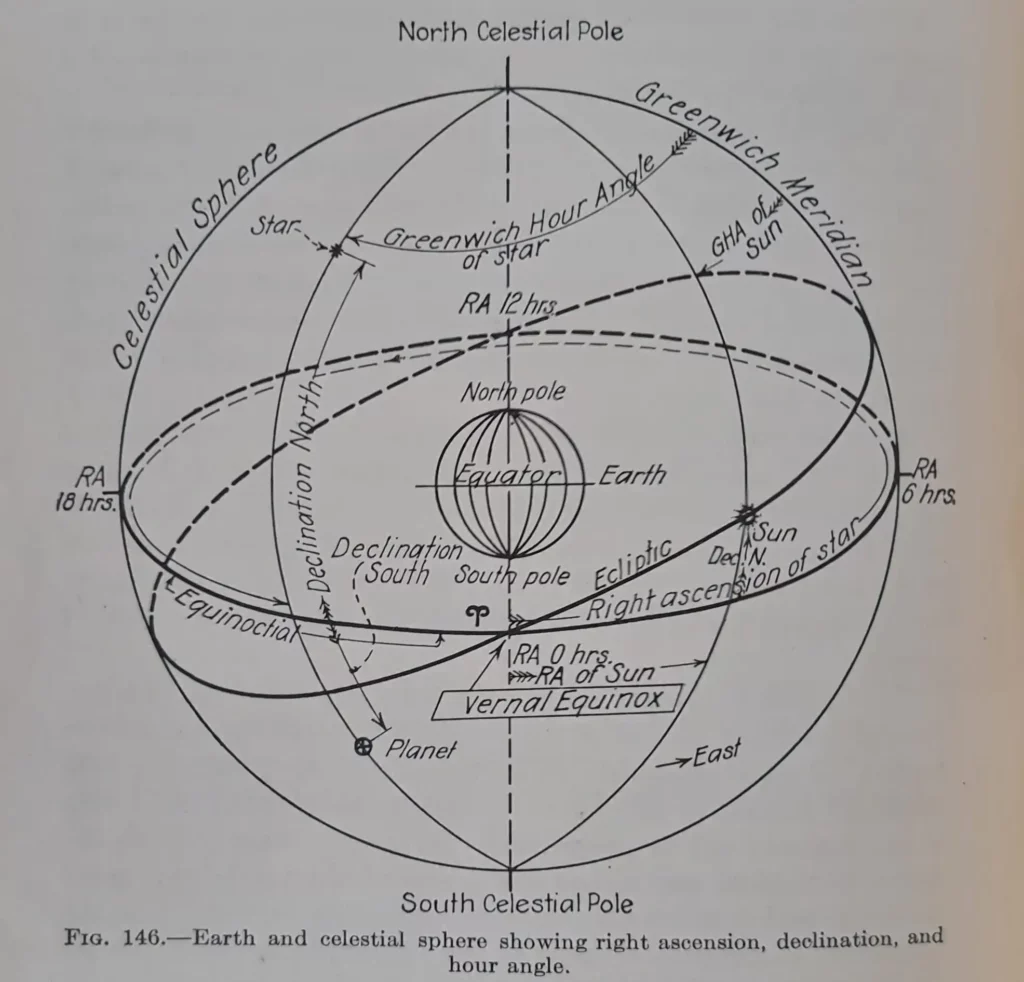
Whilst latitude may be determined approximately without knowing the correct time. Essentially, there were three principal reasons for using a timepiece on plane. These being, to follow a schedule, accomplish dead reckoning and the determination of longitude by celestial avigation.
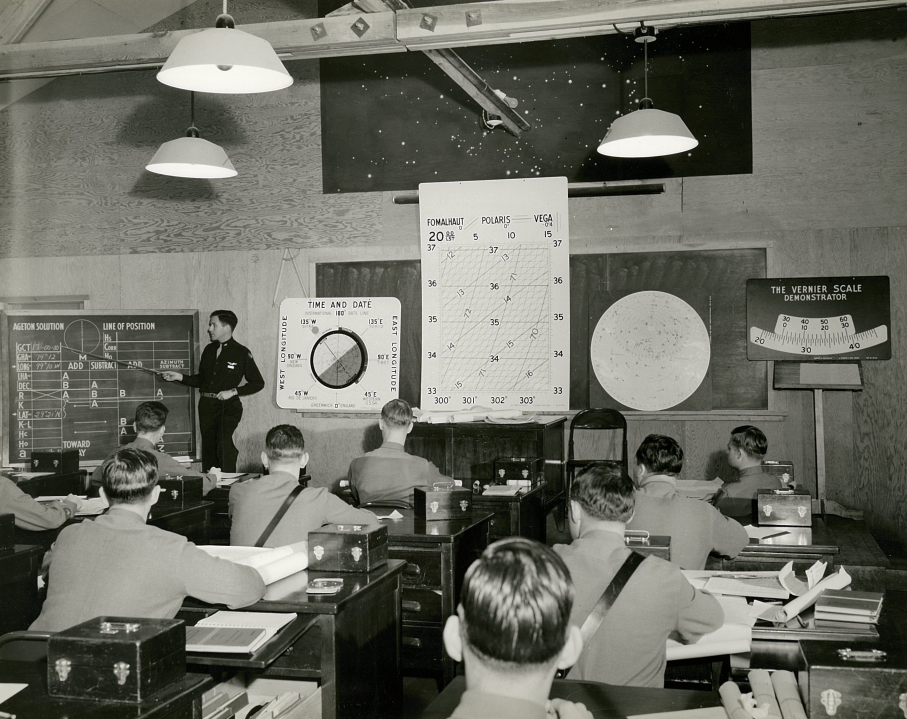
The latter is dependent on accurate time, and having three different kinds of time (civil, sidereal and apparent) for different conditions. Whilst computation of all times is possible from one, it requires complex calculations and time is not generally a liberty of the aerial navigator.
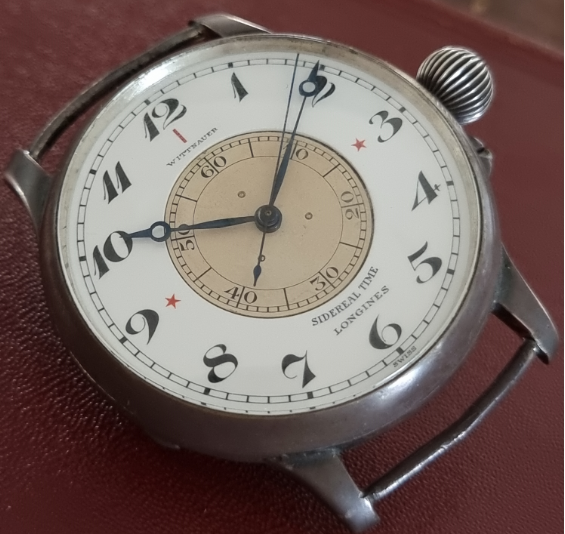
Weems noted that, “…(the)..avigator requires his use of every legitimate shortcut….made by the use of timepieces especially arranged for air work”.[7]

Officially designated by the U.S Naval Observatory a “second setting navigation watch”[8] the Weems was one such piece and was developed specifically for aviators with the Aircraft squadron’s battle fleet.
The Longines Weems ‘Second-setting’ watch allowed for improved time synchronization. The central chapter could be rotated in either direction to gain an additional accuracy of +/- 30 seconds by using a radio signal or other known exact timepiece, allowing for the exact second to be set, relative to the hour and minute hands.
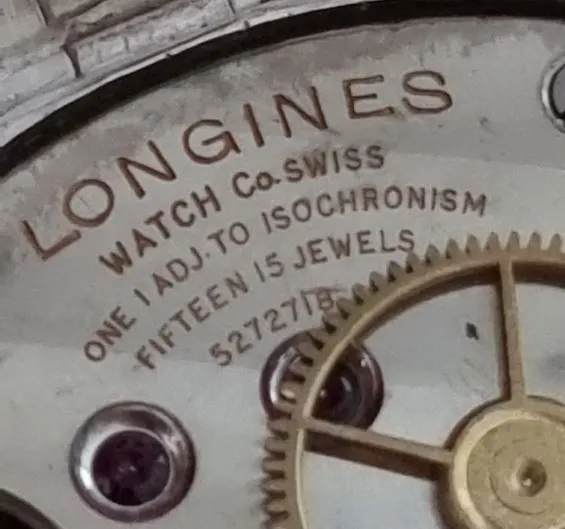
It would become an official and essential part of the Weems System of Navigation, and soon pieces would be regulated for sidereal time with special dial notations on the Weems versions.
Rear Admiral Moffett, who was the chief of the Bureau of Aeronautics for the US Navy Department stated, “The suggestion… as to a moveable second-hand dial is considered to be a very valuable one, greatly facilitating the process of keeping a clock set to the exact time.”[9]
Heralding from the latin word ‘sidus’ meaning star, sidereal time essentially meant Star time, with a day measured according to the so called ‘fixed stars’, not set to the sun but relative to the other stars.
Sidereal time watches were regulated to run slow by 3min 56.6 seconds, with any adjustment noted in the original archives for both Lindbergh and Weems models.

Essentially, the civil time watch would be regulated to 24hours, and the sidereal watch would be regulated to run 3min 56.6 seconds slower.
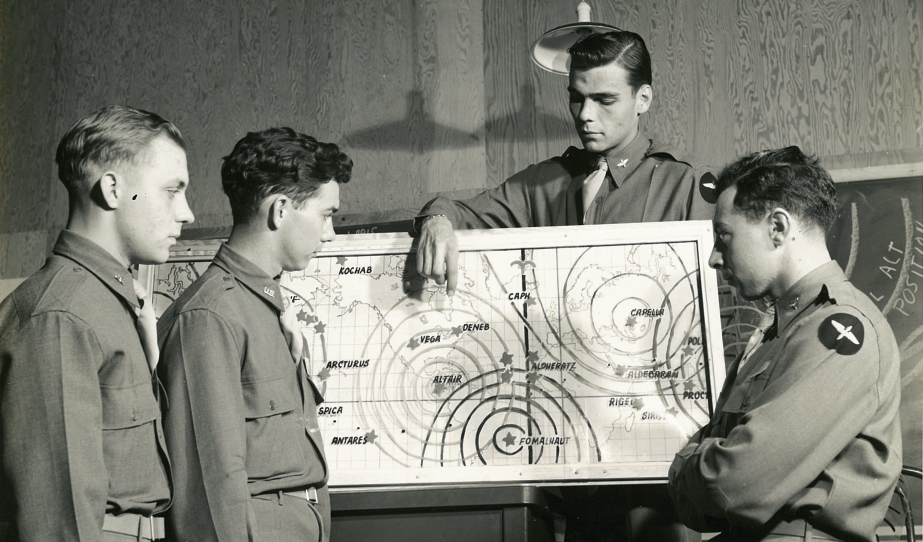

Having got “lost” in 1928, Lindbergh trained extensively in celestial navigation, using the Weems System of Navigation. His wife, Anne also received training from the skilled avigation master Harold Gatty. On April 20th, 1930, their skills were put to test setting a new transcontinental speed record between Los Angeles and New York, arriving after 14 hours and 45 minutes of flight.
John P.V. Heinmuller recalls the skill with which this flight was executed:
Both of them navigated in sub-stratosphere by sextant and chronometers, and this time they used a great deal of celestial navigation. Few persons know how deeply Lindy felt the need of improved navigation for safe flying, after he returned from his solo flight to Paris.
He at once began a serious study of the subject with Commander P.V.H. Weems, determined to improve his technique, and later Mrs. Lindbergh joined him in the study. Today they use all four known methods: (1) pilotage, (2) dead reckoning, (3) celestial navigation, and (4) radio navigation.
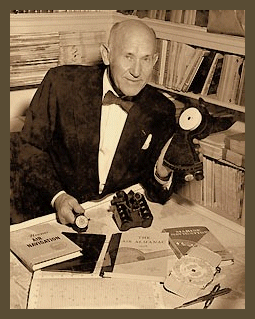
Through these new researches Lindbergh has become one of the foremost aerial navigators of our day, and I am sure flying will benefit immensely as a result, and fliers of future years will owe him much. He has invented a number of his own instruments, and has devised many short cuts for computing the Greenwich Hour Angle”.[10]
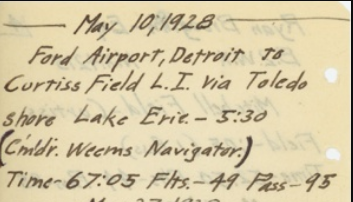
Watches adjusted for sidereal time were used as a pair for special missions, “Two avigation watches are ordinarily used in celestial avigation, one keeping civil time, and the other keeping sidereal or star time.” [11]
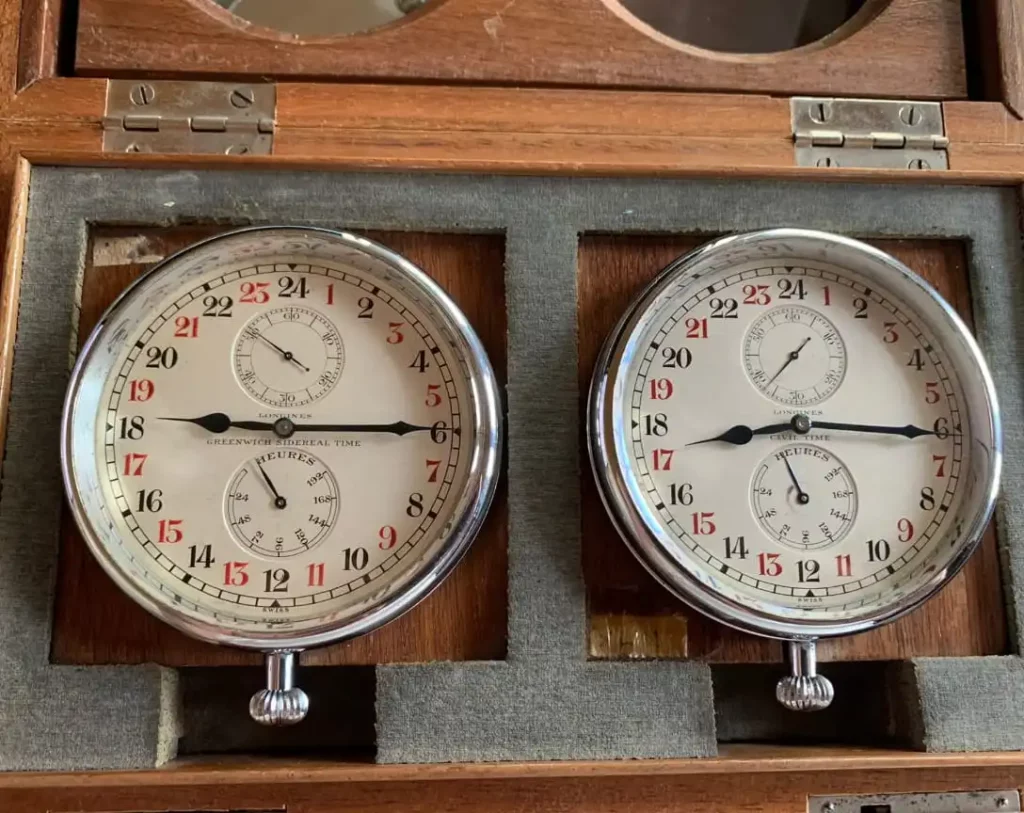
Wiley Post and Harold Gatty used a Longines Weems pair adjusted in this manner, creating history with their record breaking round the world flight in 8 days, 15 hours, and 51 minutes, in June 1931.

Byrd also took delivery of a sidereal time Weems with an ‘extra quality’ movement, with serial 5167802, adjusted for isochronism, with a single red star at six indicating adjustment for star time.
The watch was ordered by Byrd for his second Antarctic Expedition in 1933-35 and delivered on August 29, 1933 and incredibly comes with the original typescript flight logs from the expedition.
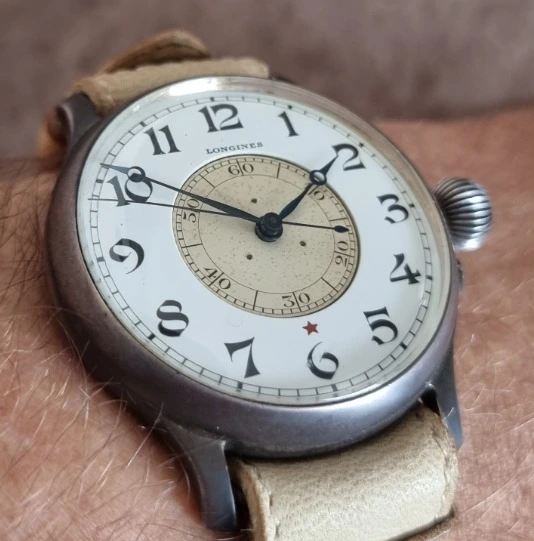
The flight log records 169 hours of navigational, mapping, exploratory, photographic, seismological, meteorological, and equipment testing flights undertaken by Byrd and team members.
In 1934, Byrd was trapped at Bolling Advance Station 123 miles south of Little America and barely survived six winter months in complete isolation later described in his autobiography Alone. On the mission, Byrd made the most southerly radio broadcast ever made and carried out an extensive range of biological and scientific experiments.

United States military celestial training schools were also run by Weems, Gatty et al in Maryland, San Diego and other locations across America teaching both male and female navigators for the US military.
The female navigators existed in any of the following American military units WAVEs, WASPs and WACs, and were most often working in Ferry command.
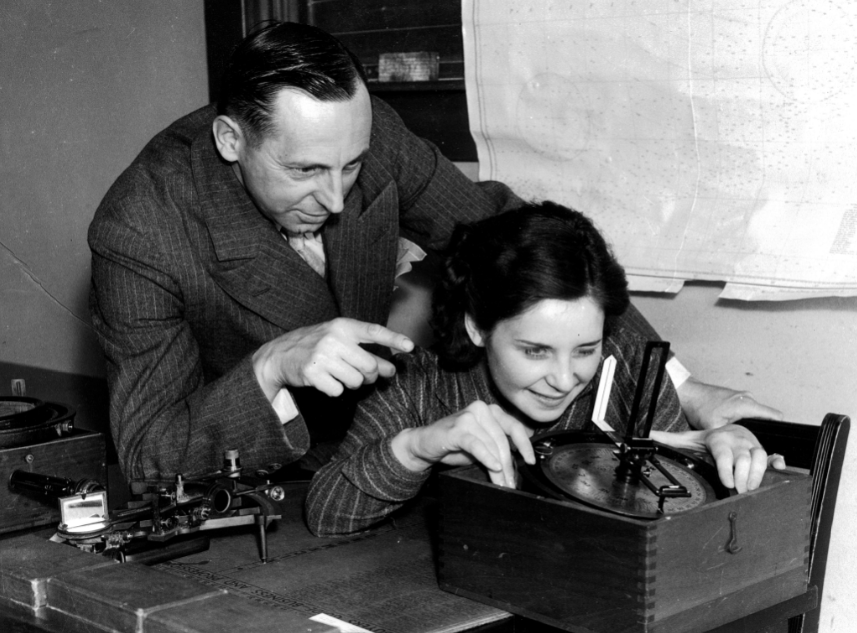
Amy Johnson, the first lady to fly from England to Australia in 1930 noted that Weems was the best teacher in the world for celestial navigation on long flights and met with him May 1937 for celestial training. Amy also owned a sidereal time Longines Weems watch which had been delivered to Wittnauer February 10, 1937, per order #38330.

Incredibly, other Weems watches sharing the same order number and delivery details as Amy’s survive to this day. Tragically, her extensive plans for a round the world trip were put into disarray with the events of WWII.
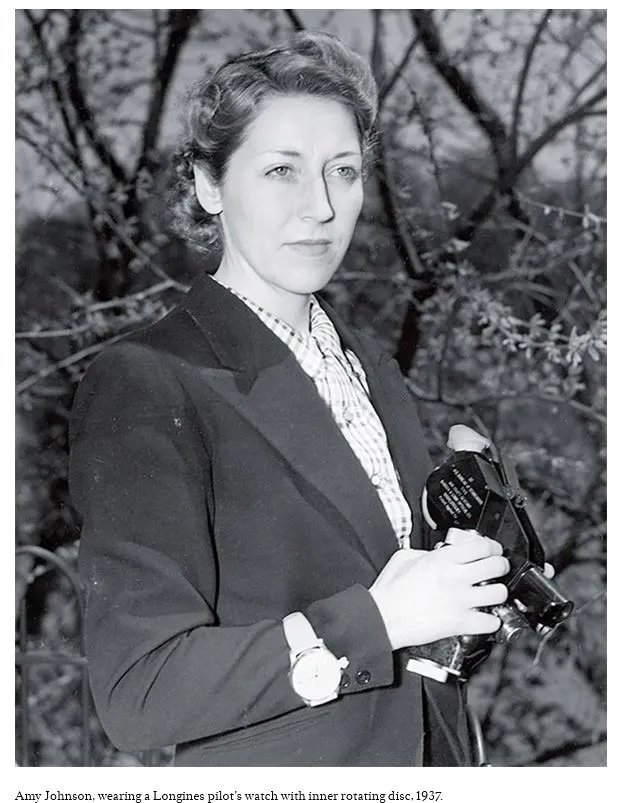
She immediately joined RAF Ferry Command and during a bad weather flight Jan 5, 1941, her plane landed in the Thames. In tragic circumstances, she and the captain of the ship both lost their lives in a covered up botched rescue mission that most likely ran over her.

The continental USA had a growing number of radio beacons everywhere, which limited the need for celestial navigation. The “Lindbergh Line”, a series of cross country routes was soon established by Transcontinental Air Transport (later TWA) with Lindbergh’s input.
However, his celestial skills would not be wasted and prove invaluable when he was courted and helped establish transatlantic routes for Juan Trippe’s Pan-Am.
The window and need for learning celestial navigation and understanding sidereal time died out with rapid advancements in air navigation technologies.
By WWII, “airways” a combination of radio stations started to cover the world. Radars and other improved military equipment rewrote the skills and needs of highly trained celestial avigators, levelling a playing field for less experienced pilots.
Today, even our phones have a GPS and most people could not even read a paper map. Whilst aviators of old acquired real navigational skills we would be lost in a world that suddenly went dark.
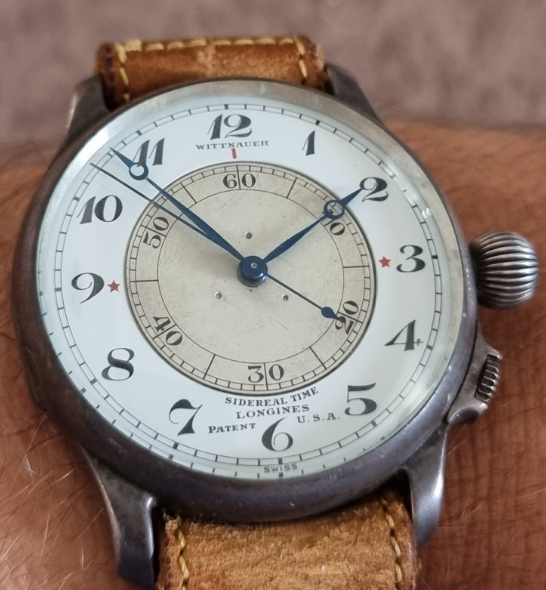
Maybe, just maybe, Lindbergh’s opening quote above is pre-cognizant, perhaps a 1930’s Longines sidereal time watch will be the new bitcoin of 2025. I know which one I would pick, how about you? ;).
For those with more time and interest in this space.. this wonderful university simulator will give you hours of family fun and leave you, your partner and the kids wiser or a little confused. If not, I have a job for you!
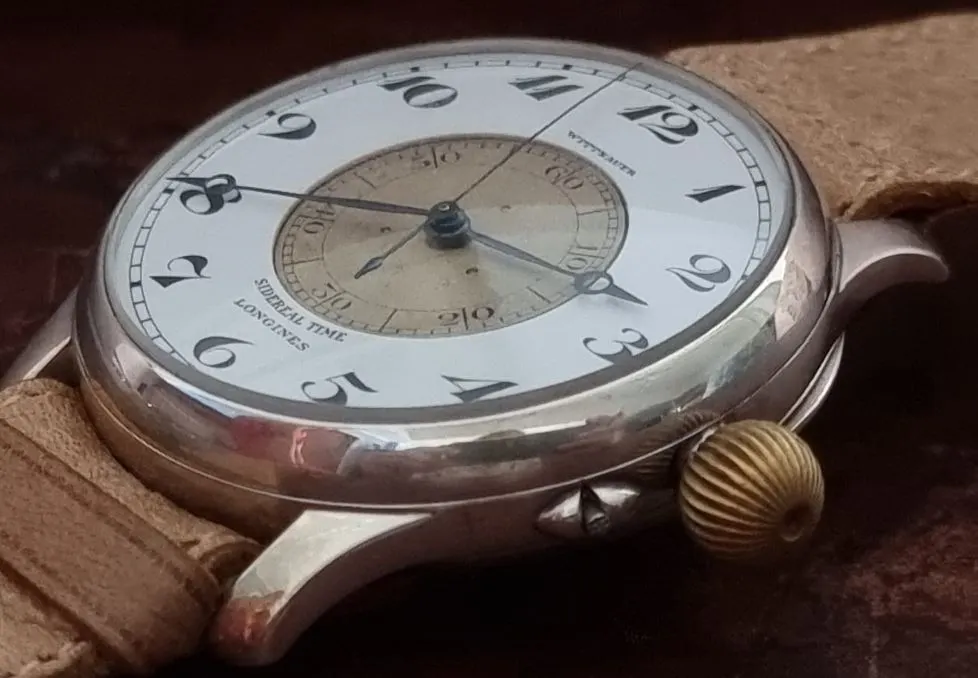
[1] Air Navigation Weems 1931 first edition p294
[2] A. Scott Berg, Lindbergh, (New York: G.P. Putnam’s Sons, 1998), as cited in Belfiore (2007), pp. 17.
[3] Peter Jennings and Todd Brewster, The Century, (New York: Doubleday, 1998), pp. 420.
[4] Air Navigation Weems 1931 first edition p398
[5] Air Navigation Weems 1931 first edition p362
[6] Air Navigation Weems 1931 first edition p399
[7] Air Navigation Weems 1931 first edition p399
[8] Air Navigation Weems 1931 first edition p400
[9] Air Navigation Weems 1931 first edition p400
[10] John P.V. Heinmuller, ‘IV Charles Augustus Lindbergh,’ Man’s Fight to Fly, (New York: Aero Print Company, 1945), pp. 75.
[11] Air Navigation Weems 1931 first edition p362
